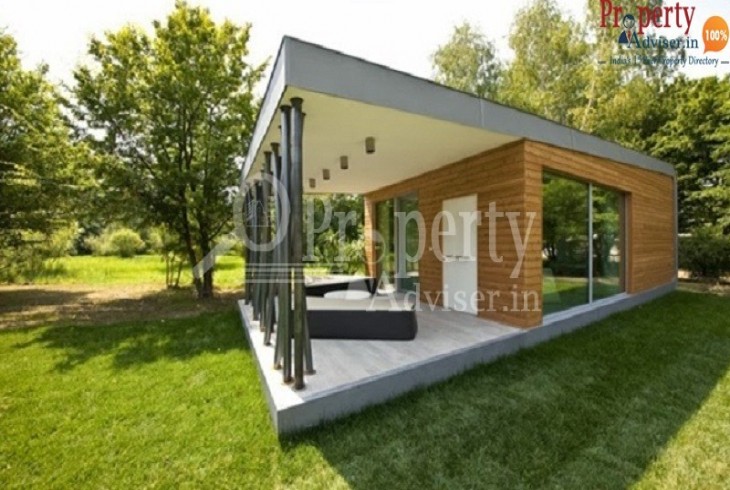It's a known fact that the more we trash our environment today, the bleaker our future will be. I believe in Mahatma Gandhi's philosophy - The future depends on what you today.
The materials for the buildings are procured from the construction site's surroundings, as much as possible. The need to create sustainable architecture motivates to find innovative solutions. Most of her constructions have a basement and the soil used from its excavation is used for the home, as well. In this manner, the ecological and carbon footprint and embodied energy are reduced.
It is made of mud and doesn't have fans or air-conditioners. Moreover, it also has facilities for rainwater harvesting and recycling waste. Home has a basement, built of stones and the earth so removed, has been used to construct the walls of the home and also of a smaller home nearby, where it was not possible to build a basement.
The home's roof has an Eco san toilet, which generates fertilizer for the vegetables and fruits grown on the roof. It has a rainwater tank, which supplies clean water for drinking and cooking throughout the year. It also has a gray water treatment system, with the resultant water being used for flushing and landscaping purposes. The terrace also has a solar and biomass water heating system and solar photovoltaic panels.
Using harvested rainwater for domestic purposes can alleviate urban flooding and also ensure that this scarce resource lasts longer. Contrary to popular belief, eco-friendly homes are not very expensive, points out that they cost the same as any well-designed conventional home. Eco-friendly homes not only reduce carbon footprint but also bring down utility bills. If you design a house that is energy efficient and uses rainwater harvesting, it will provide better returns in the long run.
By: Shailaja K









